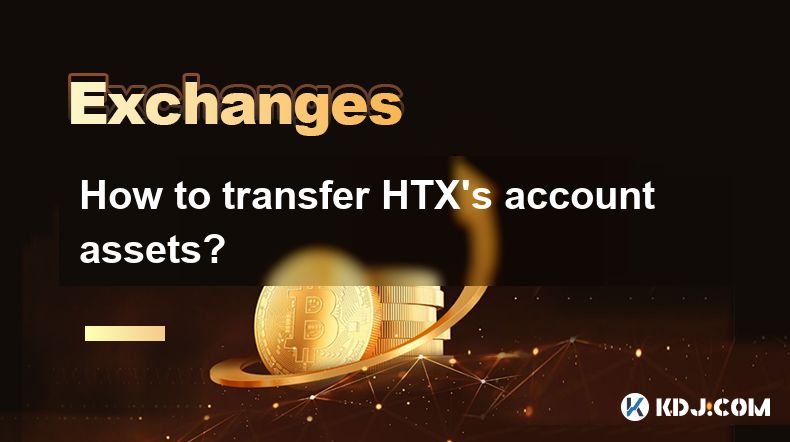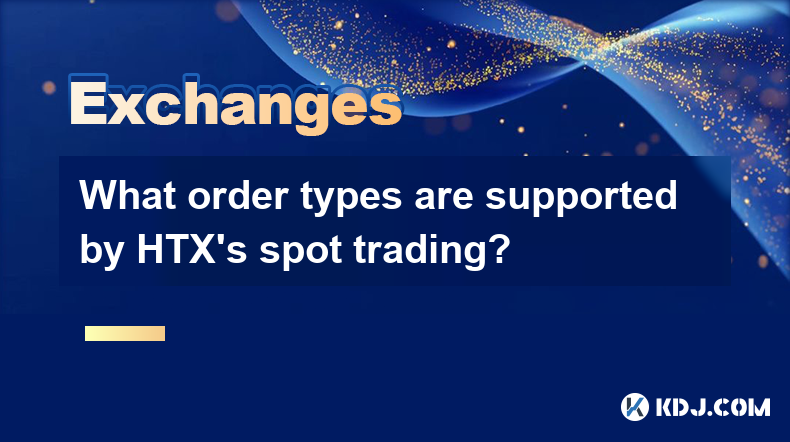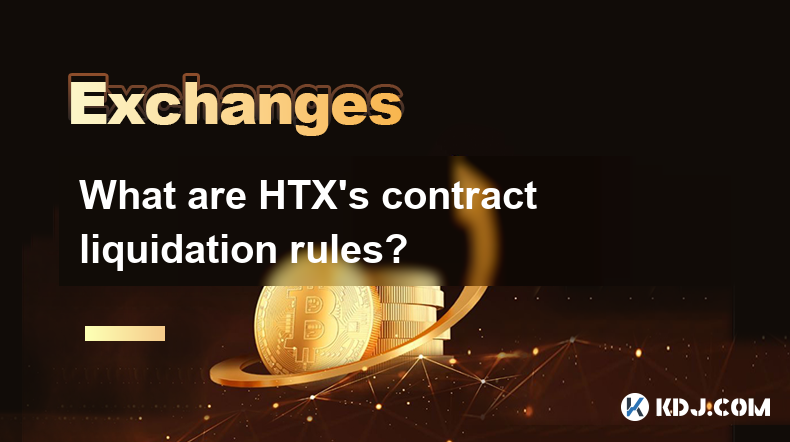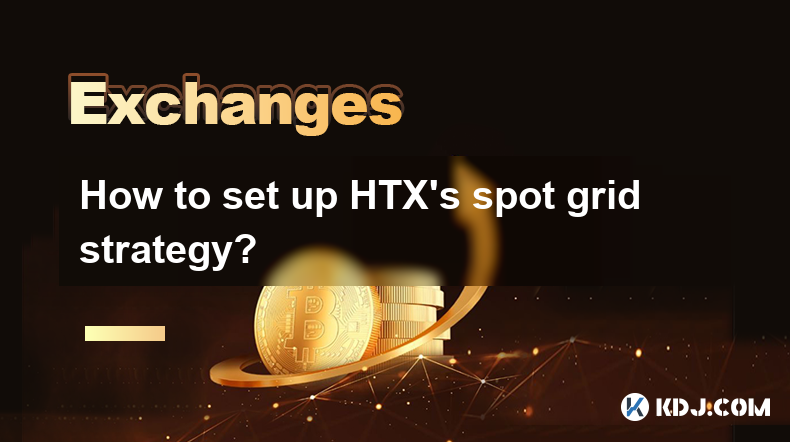-
 Bitcoin
Bitcoin $83,645.2925
2.13% -
 Ethereum
Ethereum $1,810.3926
2.44% -
 Tether USDt
Tether USDt $0.9997
-0.01% -
 XRP
XRP $2.1625
6.88% -
 BNB
BNB $597.0728
1.93% -
 Solana
Solana $120.3405
5.84% -
 USDC
USDC $1.0000
-0.01% -
 Dogecoin
Dogecoin $0.1697
5.76% -
 Cardano
Cardano $0.6612
4.89% -
 TRON
TRON $0.2366
-0.18% -
 Chainlink
Chainlink $12.9367
4.36% -
 UNUS SED LEO
UNUS SED LEO $8.9186
-4.81% -
 Toncoin
Toncoin $3.2881
-3.62% -
 Stellar
Stellar $0.2568
1.07% -
 Avalanche
Avalanche $18.2513
3.22% -
 Sui
Sui $2.2464
5.05% -
 Shiba Inu
Shiba Inu $0.0...01235
3.20% -
 Hedera
Hedera $0.1624
3.07% -
 Litecoin
Litecoin $83.6396
2.15% -
 Polkadot
Polkadot $3.9903
0.78% -
 Bitcoin Cash
Bitcoin Cash $303.0186
2.29% -
 MANTRA
MANTRA $6.2191
-0.79% -
 Bitget Token
Bitget Token $4.5070
0.81% -
 Dai
Dai $1.0001
0.01% -
 Ethena USDe
Ethena USDe $0.9991
-0.05% -
 Pi
Pi $0.7573
46.01% -
 Monero
Monero $217.7441
1.11% -
 Hyperliquid
Hyperliquid $11.9838
7.25% -
 Uniswap
Uniswap $5.9118
4.14% -
 OKB
OKB $51.3601
9.71%
How to view trading history on Kraken
To view your trading history on Kraken, log in, go to the "Transactions" tab, click "Trades," and use filters to analyze your past trades effectively.
Apr 04, 2025 at 10:29 am

To view your trading history on Kraken, you need to follow a few straightforward steps. First, log into your Kraken account. Once logged in, navigate to the "Transactions" tab located in the top menu. Within this section, you will find various subcategories such as "Deposits," "Withdrawals," and "Trades." Click on the "Trades" subcategory to access your trading history. Here, you will see a detailed list of all your past trades, including the date, time, pair, type, amount, price, and fee for each transaction. This information is crucial for tracking your trading performance and managing your portfolio effectively.
Accessing the Kraken Platform
To begin, ensure you have a Kraken account. If you don't, you'll need to sign up and complete the verification process. Once you have an account, log in using your credentials. The login page is accessible from the Kraken homepage. After logging in, you will be directed to your account dashboard. From here, you can navigate to various sections of the platform, including the "Transactions" tab, which is essential for viewing your trading history. Make sure you are using a secure internet connection and that your login details are kept confidential to protect your account.
Navigating to the Transactions Tab
After logging into your Kraken account, locate the "Transactions" tab at the top of the page. This tab is positioned next to other main sections like "Trade," "Funding," and "Account." Click on "Transactions" to open the dropdown menu. Within this menu, you will see several options: "Deposits," "Withdrawals," "Trades," "Staking," and "Ledger." Select "Trades" to proceed to your trading history. This step is crucial as it directs you to the specific section where all your trading activities are recorded.
Understanding the Trades Section
Once you click on "Trades" under the "Transactions" tab, you will be taken to a page that displays a comprehensive list of your trading activities. This section is organized in a table format, making it easy to read and analyze. Each row in the table represents a single trade, and the columns provide detailed information about each transaction. The columns typically include "Date," "Time," "Pair," "Type," "Amount," "Price," and "Fee." By reviewing this data, you can track your trading performance over time and make informed decisions about future trades.
Filtering and Sorting Your Trading History
Kraken offers several tools to help you filter and sort your trading history for better analysis. At the top of the "Trades" page, you will find options to filter your trades by date range, trading pair, and transaction type. You can select a specific date range to view trades within that period, or choose a particular trading pair to focus on your activity with that asset. Additionally, you can sort the trades by different columns such as "Date," "Amount," or "Price" by clicking on the column headers. These features allow you to customize your view and gain deeper insights into your trading patterns.
Exporting Your Trading History
For those who need to keep records or perform more detailed analysis, Kraken allows you to export your trading history. At the top right corner of the "Trades" page, you will find an "Export" button. Clicking this button will prompt you to select the format in which you want to download your data, such as CSV or PDF. Once you choose the format, the system will generate a file containing all your trading data, which you can then save to your computer. This feature is particularly useful for tax purposes or for sharing with financial advisors.
Analyzing Your Trading Performance
Analyzing your trading performance is essential for improving your strategies and achieving better results. By reviewing your trading history on Kraken, you can identify patterns in your trading behavior, such as the types of trades you frequently make, the assets you trade most often, and the times of day when you are most active. You can also calculate your overall profitability by comparing the total amount of your trades with the fees incurred. This analysis can help you understand which strategies are working and which ones need adjustment, ultimately leading to more informed and successful trading decisions.
Keeping Your Trading History Secure
Security is paramount when dealing with financial data, including your trading history. Kraken employs several security measures to protect your information, such as two-factor authentication (2FA), encryption, and regular security audits. However, you also play a crucial role in maintaining the security of your trading history. Always use strong, unique passwords for your Kraken account, and enable 2FA to add an extra layer of protection. Additionally, be cautious when accessing your account from public computers or unsecured networks, as these can pose significant risks to your data's security.
Common Issues and Troubleshooting
While accessing your trading history on Kraken is generally straightforward, you may encounter some common issues. If you find that your trading history is not displaying correctly, first ensure that you are logged into the correct account. Sometimes, clearing your browser cache or using a different browser can resolve display issues. If you are unable to access the "Transactions" tab at all, check your internet connection and try refreshing the page. For more persistent problems, Kraken's customer support team is available to assist you. You can reach out to them via email or through the live chat feature on their website.
Using Trading History for Tax Purposes
Your trading history on Kraken can be invaluable for tax reporting. Many countries require you to report your cryptocurrency transactions for tax purposes, and having a detailed record of your trades can simplify this process. By exporting your trading history in a format like CSV, you can easily import the data into tax software or share it with your accountant. Make sure to keep these records organized and accessible, as you may need to refer to them during tax season. Understanding the tax implications of your trades can help you plan more effectively and avoid potential issues with tax authorities.
Enhancing Your Trading Strategy
Your trading history is not just a record of past activities; it's a tool for enhancing your future trading strategies. By analyzing your past trades, you can identify which strategies have been most successful and which ones have led to losses. Look for patterns in your trading behavior, such as the timing of your trades, the assets you trade most frequently, and the types of orders you place. Use this information to refine your approach, perhaps by focusing on certain assets or adjusting your entry and exit points. Regularly reviewing and learning from your trading history can lead to more consistent and profitable trading over time.
Staying Informed with Market Trends
Staying informed about market trends is crucial for successful trading, and your trading history can help you do this. By reviewing your past trades, you can see how your decisions align with broader market movements. For instance, if you notice that you tend to make profitable trades during certain market conditions, you can use this insight to time your future trades more effectively. Additionally, Kraken provides various tools and resources, such as market analysis and news updates, which can complement your trading history analysis and help you stay ahead of market trends.
Utilizing Kraken's Advanced Features
Kraken offers several advanced features that can enhance your trading experience and provide more detailed insights into your trading history. For instance, the "Ledger" section under the "Transactions" tab gives you a comprehensive view of all your account activities, including trades, deposits, and withdrawals. This can be useful for reconciling your trading history with your overall account balance. Additionally, Kraken's API allows you to integrate your trading data with third-party tools for more advanced analysis and automation. Exploring these features can help you gain a deeper understanding of your trading activities and improve your overall trading strategy.
Common Questions Related to Viewing Trading History on Kraken
Q: How do I access my trading history on Kraken?
A: To access your trading history on Kraken, log into your account, navigate to the "Transactions" tab, and click on "Trades" from the dropdown menu. This will display a detailed list of all your past trades.
Q: Can I filter my trading history on Kraken?
A: Yes, Kraken allows you to filter your trading history by date range, trading pair, and transaction type. You can also sort the trades by different columns such as "Date," "Amount," or "Price."
Q: How can I export my trading history from Kraken?
A: To export your trading history, go to the "Trades" page, click on the "Export" button at the top right corner, and select the desired format (CSV or PDF). The system will then generate a file for you to download.
Q: Why is it important to review my trading history on Kraken?
A: Reviewing your trading history helps you track your performance, identify successful strategies, and make informed decisions about future trades. It's also essential for tax reporting and maintaining a secure record of your financial activities.
Q: What should I do if I encounter issues accessing my trading history on Kraken?
A: If you encounter issues, ensure you are logged into the correct account, try clearing your browser cache, or use a different browser. If problems persist, contact Kraken's customer support for assistance.
Disclaimer:info@kdj.com
The information provided is not trading advice. kdj.com does not assume any responsibility for any investments made based on the information provided in this article. Cryptocurrencies are highly volatile and it is highly recommended that you invest with caution after thorough research!
If you believe that the content used on this website infringes your copyright, please contact us immediately (info@kdj.com) and we will delete it promptly.
- We Become One: The Power Of The Shared Musical Experience
- 2025-04-05 19:20:12
- VanEck Has Filed to Launch the First BNB (Binance Coin) ETF in the US
- 2025-04-05 19:20:12
- The Best Crypto to Buy in April 2024: Qubetics, Theta, Render, and Hedera
- 2025-04-05 19:15:12
- Dogecoin (DOGE) and Pepe (PEPE) Have Long Been Fan Favorites
- 2025-04-05 19:15:12
- Russia Is Moving Closer to Selling Bitcoin Confiscated During Criminal Investigations as Officials Work to Create a Legal Structure for Handling Such Digital Assets
- 2025-04-05 19:10:12
- Solana (SOL) ETF Futures Products Struggle to Attract Investors, Bitcoin (BTC) Dominates the Market
- 2025-04-05 19:10:12
Related knowledge

What are the contract margin modes of HTX?
Apr 04,2025 at 02:14pm
HTX, formerly known as Huobi, offers various contract margin modes to cater to the diverse needs of traders. Understanding these modes is crucial for effectively managing risk and maximizing potential returns. In this article, we will delve into the different contract margin modes available on HTX, explaining their features, benefits, and how to use the...

How to transfer HTX's account assets?
Apr 04,2025 at 09:28pm
Introduction to HTX and Account AssetsHTX, formerly known as Huobi, is a leading cryptocurrency exchange that offers a wide range of trading services. One of the essential functions for users is the ability to transfer assets within their HTX accounts. Whether you're moving funds between different wallets or sending assets to another user, understanding...

What order types are supported by HTX's spot trading?
Apr 04,2025 at 04:42am
HTX, formerly known as Huobi, is a well-established cryptocurrency exchange that offers a variety of order types for spot trading. Understanding these order types is crucial for traders looking to execute their strategies effectively. In this article, we will explore the different order types supported by HTX's spot trading platform, providing detailed ...

How to cancel HTX's stop-profit and stop-loss orders?
Apr 03,2025 at 07:50pm
Introduction to HTX's Stop-Profit and Stop-Loss OrdersHTX, formerly known as Huobi, is a leading cryptocurrency exchange that offers a variety of trading tools to its users. Among these tools are stop-profit and stop-loss orders, which are essential for managing risk and securing profits in the volatile crypto market. These orders allow traders to set p...

What are HTX's contract liquidation rules?
Apr 04,2025 at 10:08am
Introduction to HTX's Contract LiquidationsHTX, formerly known as Huobi, is a prominent cryptocurrency exchange known for its diverse range of trading products, including futures and options contracts. One of the critical aspects of trading on HTX is understanding the rules surrounding contract liquidations. Liquidation occurs when a trader's position i...

How to set up HTX's spot grid strategy?
Apr 05,2025 at 12:35am
Setting up HTX's spot grid strategy involves a series of steps that allow traders to automate their trading activities based on predefined parameters. This strategy is particularly useful for those looking to capitalize on the volatility of the cryptocurrency market without constantly monitoring their trades. In this article, we will walk you through th...

What are the contract margin modes of HTX?
Apr 04,2025 at 02:14pm
HTX, formerly known as Huobi, offers various contract margin modes to cater to the diverse needs of traders. Understanding these modes is crucial for effectively managing risk and maximizing potential returns. In this article, we will delve into the different contract margin modes available on HTX, explaining their features, benefits, and how to use the...

How to transfer HTX's account assets?
Apr 04,2025 at 09:28pm
Introduction to HTX and Account AssetsHTX, formerly known as Huobi, is a leading cryptocurrency exchange that offers a wide range of trading services. One of the essential functions for users is the ability to transfer assets within their HTX accounts. Whether you're moving funds between different wallets or sending assets to another user, understanding...

What order types are supported by HTX's spot trading?
Apr 04,2025 at 04:42am
HTX, formerly known as Huobi, is a well-established cryptocurrency exchange that offers a variety of order types for spot trading. Understanding these order types is crucial for traders looking to execute their strategies effectively. In this article, we will explore the different order types supported by HTX's spot trading platform, providing detailed ...

How to cancel HTX's stop-profit and stop-loss orders?
Apr 03,2025 at 07:50pm
Introduction to HTX's Stop-Profit and Stop-Loss OrdersHTX, formerly known as Huobi, is a leading cryptocurrency exchange that offers a variety of trading tools to its users. Among these tools are stop-profit and stop-loss orders, which are essential for managing risk and securing profits in the volatile crypto market. These orders allow traders to set p...

What are HTX's contract liquidation rules?
Apr 04,2025 at 10:08am
Introduction to HTX's Contract LiquidationsHTX, formerly known as Huobi, is a prominent cryptocurrency exchange known for its diverse range of trading products, including futures and options contracts. One of the critical aspects of trading on HTX is understanding the rules surrounding contract liquidations. Liquidation occurs when a trader's position i...

How to set up HTX's spot grid strategy?
Apr 05,2025 at 12:35am
Setting up HTX's spot grid strategy involves a series of steps that allow traders to automate their trading activities based on predefined parameters. This strategy is particularly useful for those looking to capitalize on the volatility of the cryptocurrency market without constantly monitoring their trades. In this article, we will walk you through th...
See all articles



















































































